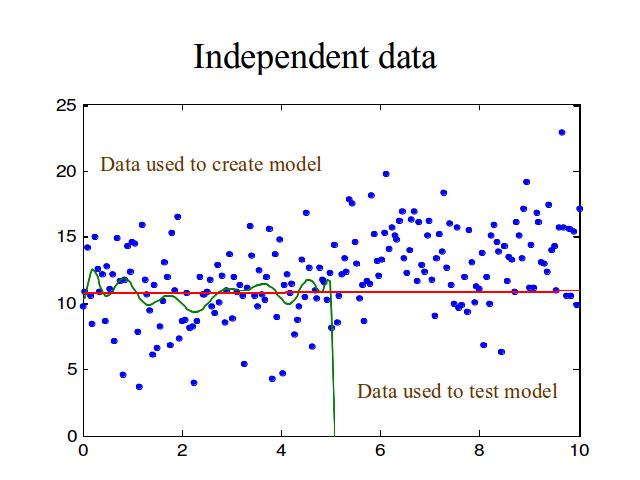
NOTES
So how do you test one of these theories of causality implied by a correlation?
First figure out all the possible causes of the correlation - including coincidence and causality working differently than expect. Develop a test that distinguishes between the possibilities - remember the correlation doesn't.
For example, what happens when cholesterol is lowered. If cholesterol causes increased risk of disease or death then the disease and death rate should lower. If increased risk of death causes high cholesterol (or some other factor causes both high risk and high cholesterol) then all that will happen when cholesterol is lowered is that the correlation will go away.
Meanwhile other means of determining what is going on should be in progress, like learning about how heart disease works, so that there is an independent way to learn whether it is plausible that there could be a connection between it and cholesterol.
Statistics aren't understanding - knowing that helium causes balloons to rise is understanding, not seeing a 100% correlation between a balloon having a string and a balloon trying to fly away.
